
|
| Accept Cookies | Customize | Refuse Cookies |
Beato Angelico www.juzaphoto.com/p/BeatoAngelico  |
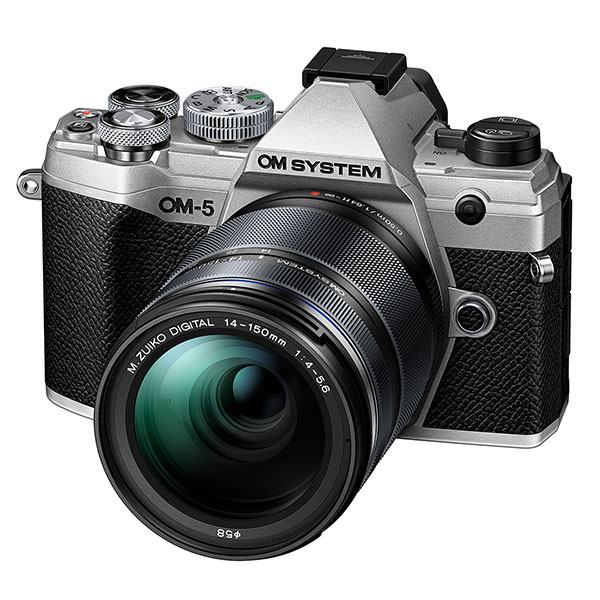 | OM System OM-5 Pros: Weight, size, tropicalization, many customizable dials and buttons, IBIS, fully articulated screen, good ergonomics, m43 system lenses Cons: Highlight management, ergonomics with larger lenses, build quality Opinion: Used for almost a couple of years especially in the field of travel photography, I feel I can express an opinion on this camera. As mentioned above, I mainly photograph when traveling, which is why I chose the micro4/3 format in 2018 and continue to use it until today. For me this camera has the perfect size and weight to be taken anywhere, the fully articulated screen allows you to store it without problems in your backpack and the lenses of the m43 allow you to have a versatile kit always with you and at a price that is not excessive. In addition, OM System is one of the few companies that offers weather sealing even in mid-range models, and this allowed me to take the camera with me between deserts, mountains and dusty cities. My first kit with this camera was: Olympus 9-18, Panasonic 14-140, Panasonic 15mm and Olympus 45mm. With this kit the camera went very well, the lenses had the right size and the ergonomics were perfect, the 14-140 is a very versatile lens and the two fixed ones allowed you to have more light when needed and a minimum of control of the depth of field. I modified the kit over time, replacing the 9-18 with the Panasonic 8-18 and the 14-140 with the OM System 12-40. Image quality has improved, especially in more difficult lighting conditions, but ergonomics have worsened overall. Let's say that managing the camera with these lenses is feasible, but you have to hold the body+lens group with your left hand and you lose some of the immediacy you have with smaller lenses. For aesthetic reasons, the focus was on a rather bare grip, which however does not help in these situations. Another point in favor of this camera is the number of customizable buttons, as many as 7, and the degree of customization, which allows the user to transform the camera to his liking. Among other things, you can move the ignition from the awkward lever on the left (but why put it there I say) to the AEL/AEF lever on the right, so the camera becomes very convenient to turn on on the fly. Another big point in favor is the IBIS, even if I prefer to avoid going down to too slow times, to avoid having microblur, I assure you that you can easily shoot at 1 or 2 seconds with a wide-angle lens. In any case, for me the real usefulness of IBIS is to allow you to worry much less about shutter speeds, and to shoot with peace of mind at 140mm with shutter speeds of 1/15 of a second or with any lens in the system. The strong point of the camera is that it has an endless range of lenses available, which allows the user to try different lenses without spending an eye. There are compact travel lenses and pro, fixed and zoom lenses of all kinds. with the 9-18 and 14-140 I covered from 18 to 280 mm equivalent in less than a kg. As for image quality, not shooting moving subjects (so I won't talk about autofocus, which for my purposes is more than fine) ISO has never been a big problem. I have hardly gone above 3200 and up to there the sensor holds up quite well. The real problem, and I also wrote about it in the review of the GX9 is the dynamic range, especially the management of the highlights is particularly difficult and you have to be careful not to overdo it in post production. In general, the m43 sensor loses in high contrast conditions and bracketing often has to be used to overcome this. The build quality is not excellent for a car sold to go on adventures: within 9 months and the rubber to rest the thumb came off, the silver paint on the shell went away even earlier. The case back seems prone to cracking with the Peak Design clips. For me it is currently the best compromise between functions, image quality, size and price on the market: vote 9 sent on July 25, 2025 |
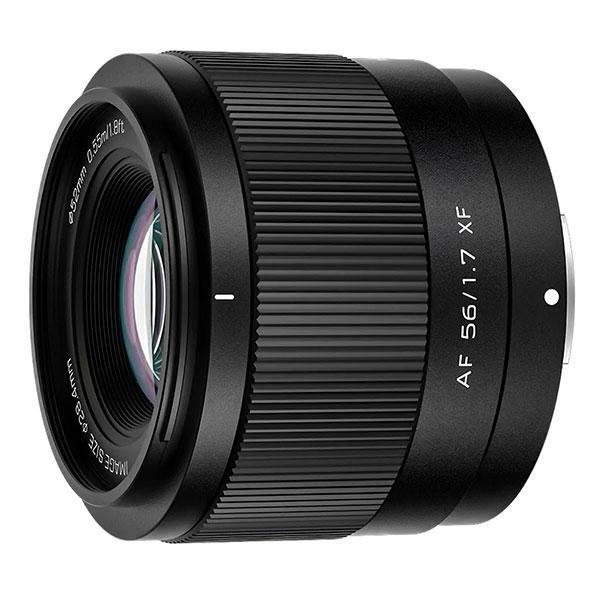 | Viltrox AF 56mm f/1.7 Pros: Small, light, great optical quality, bright, cheap, nice bokeh, lens hood included Cons: Just to put a con: it is not tropicalized, but for a portrait fixture I doubt it will ever be a problem Opinion: Taken as a portrait fixum for my Nikon APSC, I can only praise this lens: compact and light, it is absolutely not a problem to always carry it with you, excellent optical quality, always sharp even at full aperture, very bright, it allows you to have a beautiful blur. In addition to all these qualities, Viltrox sells the lens for 200 euros, with lens hood included, a price that I would say is more than fair. The only defect I could mention is the absence of tropicalization, but for this type of lens and at this price I would not consider it a real defect. In the Nikon Z APSC system it has practically no rivals in the same price range (if you want to spend more there is the Sigma). Too bad Nikon doesn't have a stabilized body, otherwise it would be even more fun to shoot with this little gem. Rating 9.5 sent on June 26, 2025 |
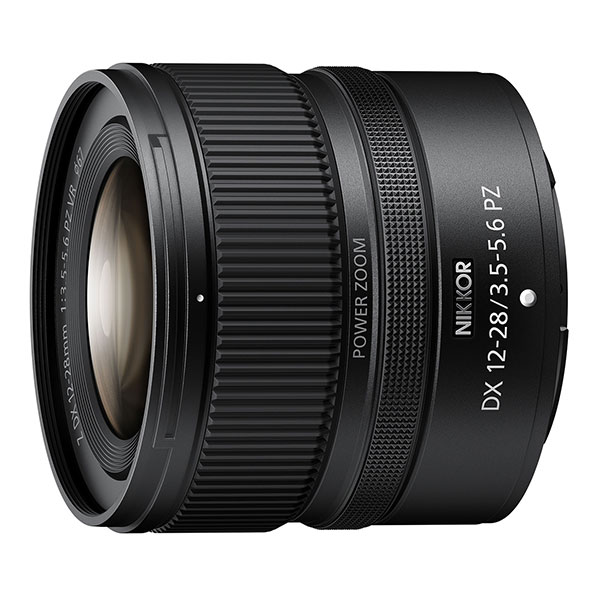 | Nikon Z DX 12-28mm f/3.5-5.6 PZ VR Pros: Weight, size, image quality, flare resistance, focal range, weather sealed Cons: The absence of the 10 mm wide side is sometimes felt Opinion: On Nikon Z APSC represents the only alternative to have an ultra-wide-angle zoom, fortunately it is an excellent alternative. The main advantage of this lens is its size and weight, which allow you to always carry it with you, since it takes up very little space and weighs 200g. In addition to being comfortable, the lens also has excellent image quality, making it perfectly usable at all focal lengths already at full aperture. Many complain about the plastic mount, but the lens is tropicalized and excellently built, it does not extend with the zoom and it has never given me problems. As for the power zoom, it is almost perfect, fast and accurate, its zoom speed can still be customized. The only note, since the focal range on the lens is not marked, the only way we have to know what focal length we are at is to look on the screen. It wouldn't be a problem if Nikon hadn't prevented the Z50 from displaying ISO and focal length together, but that's more of a camera problem. The focal range is almost perfect and could be used as the only lens, since it starts from 18 mm equivalent to reach 42 mm equivalent. The only note I feel like making is that for a zoom of this type perhaps it would have been better to start from 10 mm. Every now and then the absence of the equivalent 15/16 mm is felt. The fact is that there are no alternatives in the system, except by veering towards full-frame lenses. Vote 9 sent on June 07, 2025 |
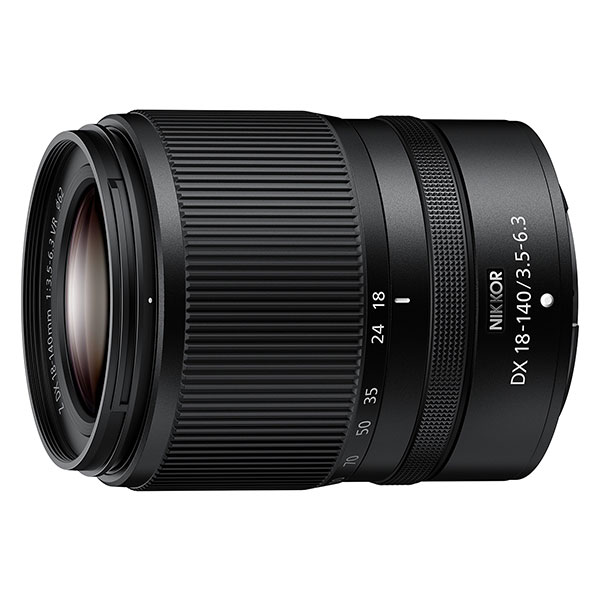 | Nikon Z DX 18-140mm f/3.5-6.3 VR Pros: Sharpness, focal range, flare resistance, compact, excellent stabilization Cons: Not part 16 mm, dark on the canvas side Opinion: Purchased in a bundle with the Z50 at a bargain price (the Z50 II had just come out and they were probably giving away the leftovers), together they form a combination that allows you to photograph in most situations that can be found on the road. Compact, light, with a focal range that allows you to go from city views to the details of a cathedral, too bad it doesn't start from 16mm, otherwise it would have been really perfect. Nikon on its website declares it weatherproof (unlike what is written here on the Juza sheet), so it is possible to carry it with you even when the conditions are not optimal. It is not very bright on the telephoto side, but it partly compensates with the excellent optical stabilization, which allows you to shoot safely at 1/15 of a second at 140 mm. Sharp enough at all focal lengths and wide aperture, together with the 12-28 it forms a complete zoom kit for the photographer traveler without too many needs. For me I vote 9. sent on May 24, 2025 |
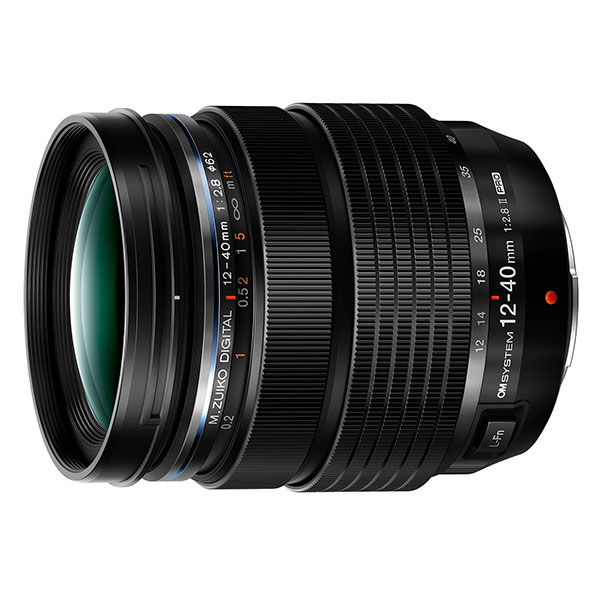 | OM System M.Zuiko 12-40mm f/2.8 PRO II Pros: Constant 2.8 aperture, exceptional construction, tropicalized with IP53 certification, smooth zoom movements, ring to switch to manual focus, customizable button, sharp at all focal lengths and at full aperture Cons: Chromatic aberrations in backlight, susceptible to flare, a bit disproportionate for small and medium-sized m43 bodies (EM10, EM5, GX80 and GX9), no substantial innovation compared to the previous model (from 2013) Opinion: I have been using this lens for about a year on an OM-5, purchased during Black Friday for just over 600 euros new. This is the re-edition of Olympus' optical masterpiece with improved weather sealing (IP53 certified). Definitely one of the best choices among the standard zooms for professionals and demanding amateurs who use an m43 kit. The f/2.8 aperture on the entire focal range allows you to use it as an all-rounder, if you do not prefer focal lengths that are too wide or telephoto, starting on the wide side from an equivalent 24mm, very useful. In combination with the stabilization of the bodies, Olympus allows you to shoot serenely even in the evening and indoors, without the need to carry around fixed lenses. In fact, the optical quality is very good throughout the focal range and does not look bad compared to 17mm and 45mm f/1.8, losing some sharpness just at the telephoto extreme. Definitely not a problem if you use the 80mm equivalent for portraiture, a little less recommended the use of the most extreme telephoto focal length for the landscape. The optics are very robust and leave a pleasant tactile sensation during use. The zoom is always fluid and the transition to manual focus via the ring is useful and immediate in certain situations. For those who need it, there is also a customizable function button. It is sold with a lens hood (a bit plasticky) and a lens bag. Moving on to the cons: from an optical point of view there is little to report, there are some chromatic aberrations in backlight and it is quite susceptible to flare, while always mounting the lens hood. Used on the OM-5 it is a bit disproportionate. You get used to it, but you have to keep the pairing with your left hand and you can't shoot with one hand. Surely you lose a bit of pleasantness in use and everything is a bit unbalanced forward. It's probably a lens made more for the OM-1 and not for a leisurely walk with an OM-5. The biggest flaw is that it is a simple re-edition of a 2013 lens, with no substantial optical improvements over the previous version (which I had), nor a decrease in weight and size. In recent years, competitors have managed to re-engineer some lenses, making them lighter and more compact, and it is a shame that OM System is not able to follow this development trend. Vote 9 sent on October 02, 2024 |
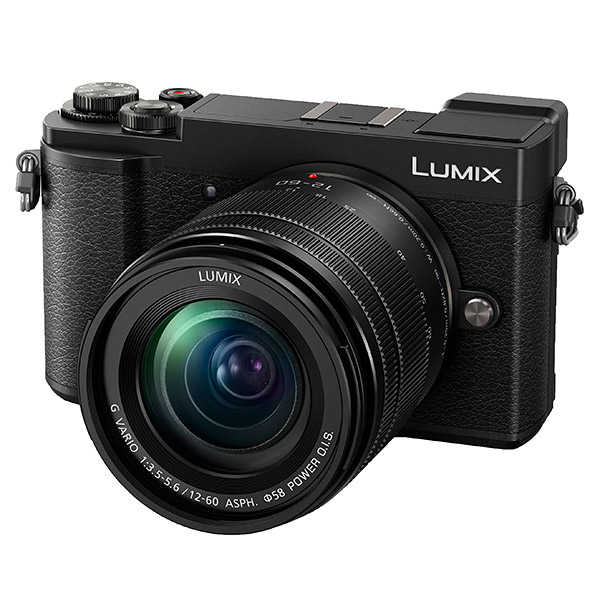 | Panasonic GX9 Pros: Size and weight, tiltable screen, availability of physical controls, excellent ergonomics with the smallest lenses, wide availability of small and quality optics, very simple menu, a couple of excellent JPEG B/W profiles Cons: Absence tropicalization, poor viewfinder, IBIS not excellent, awkward with larger lenses, insufficient dynamic range in high-contrast scenes. Opinion: sent on September 17, 2023 |
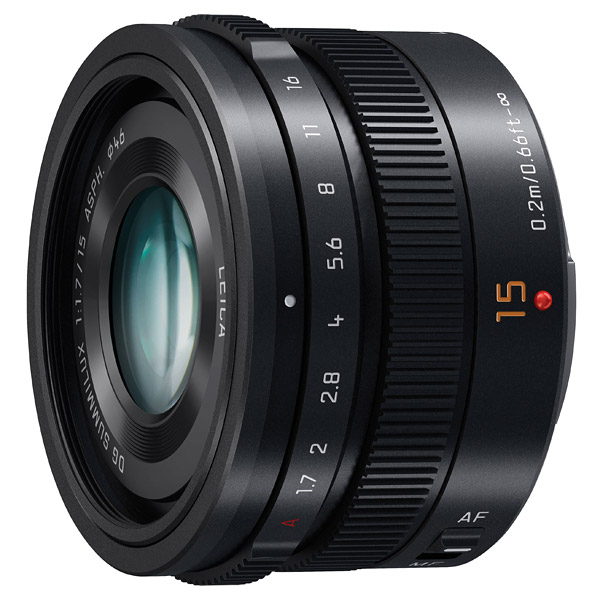 | Panasonic Leica DG Summilux 15mm f/1.7 ASPH Pros: Yield, brightness, light and compact, build quality, diaphragm ring, hood. Cons: Cormatic aberration in situations of strong contrast, not tropicalized. Opinion: Often compared to Olympus' 17mm, this lens is actually closer to a 28mm equivalent than a 35mm. This focal length, in my opinion, is very versatile and allows you to do almost anything. Lightweight and very compact, even with a hood mounted, it is not a problem to always carry it with you. Coupled with the smaller micro 4/3 bodies (I use it on Panasonic GX9) it is discreet and allows you to go almost unnoticed. The maximum aperture of the diaphragm allows you to use it as a "night lens", also because the yield is excellent already at full aperture. The diaphragm ring on Panasonic bodies adds that extra touch to the user experience. The only defect in the yield, a certain tendency to chromatic aberration in situations of strong contrast. I also find it strange that a lens devoted to travel, precisely because of its compactness, is not tropicalized. Given the cost on the new, I think it's a feature they could have added. Almost perfect, rating: 9 sent on August 21, 2023 |
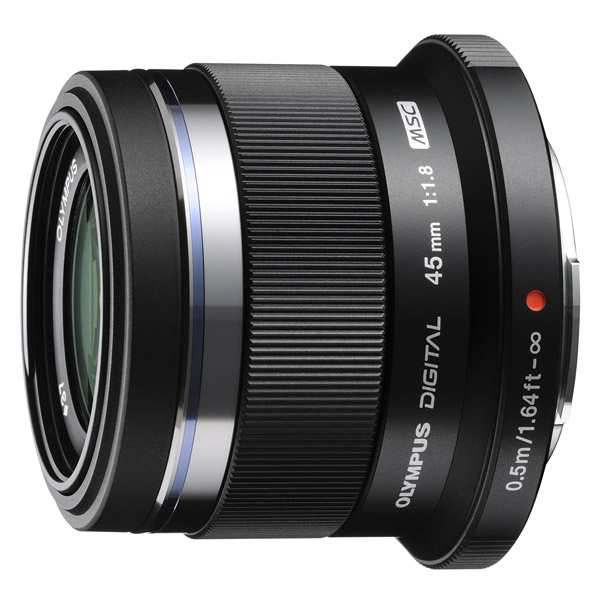 | Olympus M.Zuiko Digital 45mm f/1.8 Pros: Price, size, yield Cons: Nobody Opinion: Lens purchased at 180 euros as new from a well-known second-hand resale chain to try a medium portrait canvas on m43. In my opinion, for the price paid, he does everything he has to do and he does it very well. Used on a GX9 it is a perfect match for portraits, the size and weight are just right for the smallest bodies in the m43 world. The yield is very good already at full aperture and at this focal length you can easily get a nice bokeh effect. I use it during events, evenings with friends or in museums, where it allows you to photograph paintings and statues without getting too close and raising the ISO too much. I do not find real negative points for this goal, perhaps the absence of tropicalization, but given the areas in which I use it I do not feel the lack. That said, in my opinion this is a focal length much less versatile than those ranging between 28 mm and 50 mm equivalent and I have hardly been able to use it in areas other than those described. I did some tests with the street, and although the results are not bad at all, they are difficult to obtain, you need a lot of space. Therefore, it is my least used lens and for my areas of use it is probably replaceable by a zoom. Rating: 9 sent on July 22, 2023 |
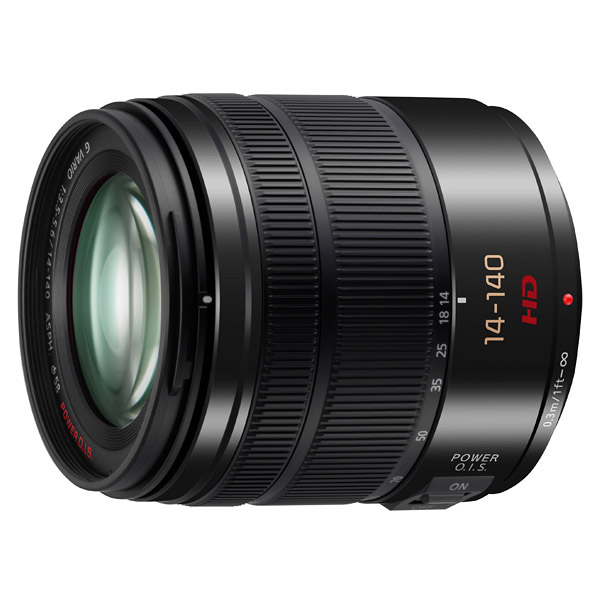 | Panasonic Lumix G Vario 14-140mm f/3.5-5.6 ASPH OIS Pros: Focal range, very versatile, quite light and compact, good optical quality on all focal range. Cons: It starts from 28mm equivalents, zoom ring a little hard, not tropicalized, a bit unbalanced on smaller bodies. Opinion: Taken to replace the 12-32 and avoid buying a telephoto zoom, since I hardly go to focal lengths higher than 70 mm equivalent. I've been using it for a few months on my GX9 and I can only speak well of it. In my opinion this lens fits perfectly into the philosophy of the micro four thirds, in less than 300 grams we have in our hands a lens ranging from 28mm to 280mm equivalent without ever losing excessively quality at all focal lengths. Good sharpness on the whole frame both wide side and telephoto side. Together with the Olympus 9-18 it is a perfect kit for any traveler who has no time or way to change their lens too often. Its quality is unparalleled in city trips and trekking, where it allows you to range from views to details. I was also positively surprised by the quality of the portraits, in fact, exceeded 100 mm, you can easily detach the subject from the background, despite not having a particularly open diaphragm on the canvas side. Clearly in closed or dimly lit environments we often find ourselves raising the ISO, but this is physiological for zooms of this type. If I really have to find faults, I would say that starting from the equivalent 28 mm makes it less useful as an all-rounder, the difference with the equivalent 24 mm is evident, especially in interiors and architectural photography. For me it is preferable to sacrifice something on the canvas side but have the equivalent 24 mm, but this is a completely personal preference. Another flaw is the zoom ring a little hard, especially in exceeding 50mm, sometimes it seemed to me to have reached the end of the stroke. For a travel lens I also find the lack of tropicalization strange, but despite having taken some downpours it has never been affected. Finally, in my opinion it is slightly unbalanced on smaller bodies, such as the GX9, perhaps in this case it is better to opt for the 12-60 Lumix, which among other things also starts from 24 mm equivalent. Ultimately, a good goal, but not the ideal all-rounder for me. Vote 8 sent on July 10, 2023 |
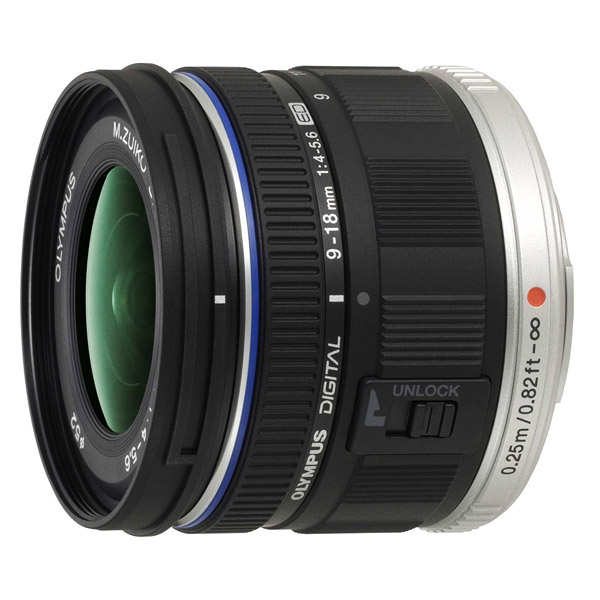 | Olympus M.Zuiko Digital ED 9-18mm f/4.0-5.6 Pros: Compactness, weight, colors, sharpness Cons: Unlocking mechanism, build quality, chromatic aberrations in difficult light conditions Opinion: In my opinion it represents a very intelligent lens, since it allows you to use ultra-wide-angle focal lengths with very low weight and size. There are no such compact alternatives in the m43 world, and also in the other systems the only one similar is the Canon M 11-22. The lens is not very bright, but for outdoor use in optimal light conditions it is perfect. Optically very good, very sharp from 9 to 14 mm, then tends to lose a little side canvases. The colors are very bright and really pleasant. I find it very useful for architectural photography indoors, where it is possible to increase the shutter speed to make up for the low brightness, and where the 9 mm allow you to expand the creative possibilities out of all proportion. The lens is a bit dated and has a particularly annoying unlocking mechanism: to extend it from the resting position, in which it is very compact, to that of use it is necessary to hold down an unlock button. Same thing when you intend to bring the lens back to the resting position. To overcome the problem you can leave the lens extended all the time, but so it is a little more cumbersome and less comfortable to carry around. This mechanism is also due to the fragility of the lens, and the various unlocking cycles can lead to the breakage of the connections and the error "attention, check that the lens is correctly hooked to the camera". It happened to me, but being still under warranty I managed to replace it. Convenient manual focus ring, on Panasonic bodies the autofocus sometimes loses strokes. A good lens, of which a more updated version would be welcome, but for now it represents almost a unicum for compactness and quality in the panorama of ultra-wide-angle lenses: rating 8. sent on September 24, 2022 |
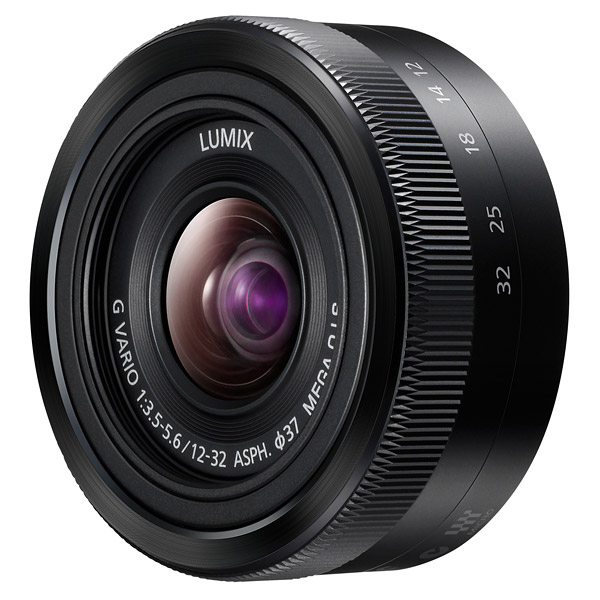 | Panasonic Lumix G Vario 12-32mm f/3.5-5.6 OIS Pros: Lightweight, compact, starts from 24mm equivalent, sharp, manual zoom Cons: No focus ring, loses a bit on longer focal lengths Opinion: I have been using it with satisfaction for three years paired with a GX9, the perfect companion for travel to all areas of the world. Its main qualities are lightness, compactness and discretion. With this lens the camera will be little larger than a compact and you can put it in the pocket of a jacket without thinking too much. Although it is not very bright, it is the best choice for traveling and hiking in good light conditions. The possibility of leaving it extended to the desired focal length and its size also make it great for the street, where no one will notice you too much. I use it mainly for panoramas, natural and citizens, and reportage, and in this type of photo a good depth of field is preferable, so you do not feel the lack of a more open aperture. Compared to the Olympus counterpart (the 14-42) it has two very important advantages: the manual and non-electric zoom mechanism, which I find more pleasant to use and more precise, and the wide side that reaches 24 mm equivalent, one of my favorite focal lengths for landscapes and that often comes in handy even indoors. Sharpness more than good up to 50 mm equivalent, tends a bit 'to lose side tele. Given the maximum focal length (64 mm equivalent) and the telephoto side aperture (5.6) it is not of great help in portraiture. Stabilization helps a bit, but it doesn't work miracles. Increasing the times by more than two stops compared to the safety time you begin to see microwavy, so it is not a lens to be used in low light, even with static subjects. The diaphragm could limit your creative abilities, which will have to rely above all on the use of light and composition, but the convenience of being able to always carry it with you largely balances its limits: final grade 8. sent on September 24, 2022 |
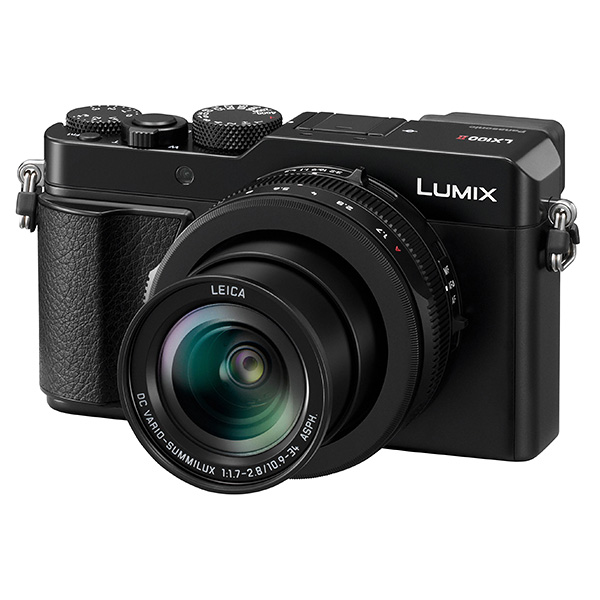 | Panasonic Lumix LX100 II Pros: almost perfect as an all-in-one solution, image quality worthy, if not superior, of a mirrorless m4/3 with lens kit. Good hold up to 1600 ISO, even the 3200 defend themselves. Very bright lens over the entire focal length and with good macro capabilities. Sufficient focal excursion in most cases. Practical user interface and quite easy to master, physical commands and dials that allow you to set exposure parameters even when the machine is turned off. It's in the pocket of a jacket. Profiles b/n Cons: Absence of tropicalization, non-reclining rear screen, slightly slow electric zoom, dial on the back of the machine of a bit poor quality, would have made handy a standard rear ring for the selection of shooting time. Opinion: sent on March 13, 2020 |
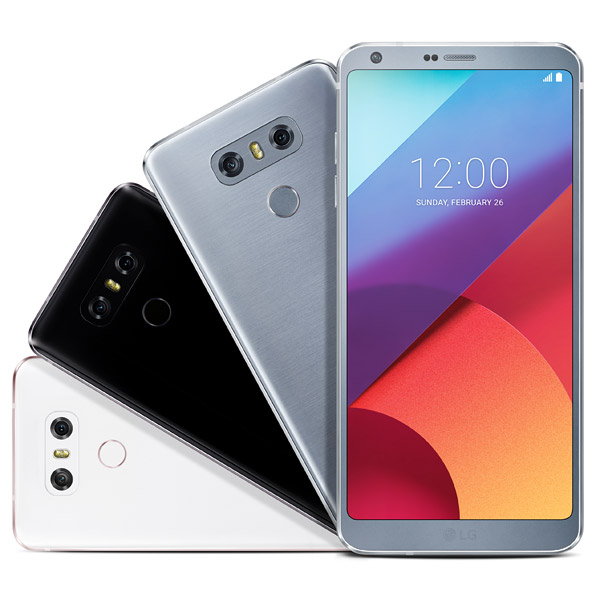 | LG G6 Pros: Size, camera versatility, ease of use, price, water and dust resistant Cons: Battery after one year, image quality in difficult conditions, devaluation Opinion: I have owned this phone for almost two years and I have to say that I am enormously satisfied with it. Bought during a black friday at a really advantageous price. One of the features of the LG is, in fact, the dizzying drop in price of its top-of-the-range models just a few months after the release. Do you like an LG? Wait 6 months from the release and you will find it everywhere at balance prices. The downside is that if you ever want to sell it you won't gain who knows. The device is really functional, one of the few tops of the range usable with a hand, light and pocketable, with screen less than 6'. Excellent and easy-to-use software. Probably the 32 gb of internal memory is considered scarce nowadays, but you can add giga by inserting a micro SD up to 128 gb. The battery for the first year arrives quietly until the evening, but then you will be forced to charge it in the middle of the day so as not to run out of energy. Moving on to the photo sector, really versatile, made me fall in love with the fish eye (I never imagined I could like it), giving space to your imagination in composition. The main lens is not bad and behaves very well in optimal light situations. In light situations not easy, however, the first problems come out. The wide-angle at night or indoors is practically useless, the image quality is good only for facebook, but don't you dare open them on a PC screen. The main camera holds up well the arrival of the sunset, but the presence of lights much stronger than the ambient (see street lamps in the dark street) leads the phone to completely miss the exposure, you will end up with beautiful explosions nuclear power in a beautiful, grainy picture. With a lot of patience you can try to solve, using manual mode, but you would not have great results. I used it on some trips because of the demise of my main camera and as an emergency tool did its job. Also because unlike many cameras from the mid range down it is tropicalized, therefore, does not fear sand, dust and rain. Currently you can find it for less than 200 euros, gifted I would say. sent on August 17, 2019 |
 | Panasonic Lumix LX100 Pros: Luminosissimo lens, ergonomics, versatility, weight, ring nuts to set any parameter, aesthetics Cons: The ease with which the dust manages to settle on the sensor, not exactly pocketable as some of its competitors Opinion: My first camera of a certain level after a Sony compact camera and a Galaxy S3. It made me really fall in love with photography. The possibility to set all the parameters with the ring nuts allowed me to understand, trip after trip, what it means to have full control of the parameters of shooting and how much this makes the photograph a lot more fun and inspiring than just tip and shoot. Taken for its bright goal, I can only confirm the goodness of the same in every situation. However perhaps a little ' limited in the zoom, for my needs went more than good, allowing me beautiful photos at night or in the interior is not lit. The stabilization then by an extra hand. Not exactly pocket-sized but still portable, at the neck almost forgets it and still can sit quietly in the pocket of a jacket. After a year of great love and passion we come to the sore notes: After a trip to the desert of Wadi Rum began to appear black spots in the photos. Evident especially in the photos with clear and uniform background (as can be a blue sky) at diaphragms greater than 5. I found with regret that I was not the only one who had encountered this problem: the ease with which the dust is sucked from the zoom and settles on the sensor. I've been getting the sensor cleaned up by the Panasonic service department about 4 times in a year, but the problem has always arisen after a few sessions of use, albeit always protected and used in places much less dusty than a desert. Very sorry because otherwise it would have been the perfect compact room. I am sorry even more that no major countermeasures have been taken for his heir. Rated 7 sent on December 30, 2018 |
 JuzaPhoto contains affiliate links from Amazon and Ebay and JuzaPhoto earn a commission in case of purchase through affiliate links.
JuzaPhoto contains affiliate links from Amazon and Ebay and JuzaPhoto earn a commission in case of purchase through affiliate links.May Beauty Be Everywhere Around Me